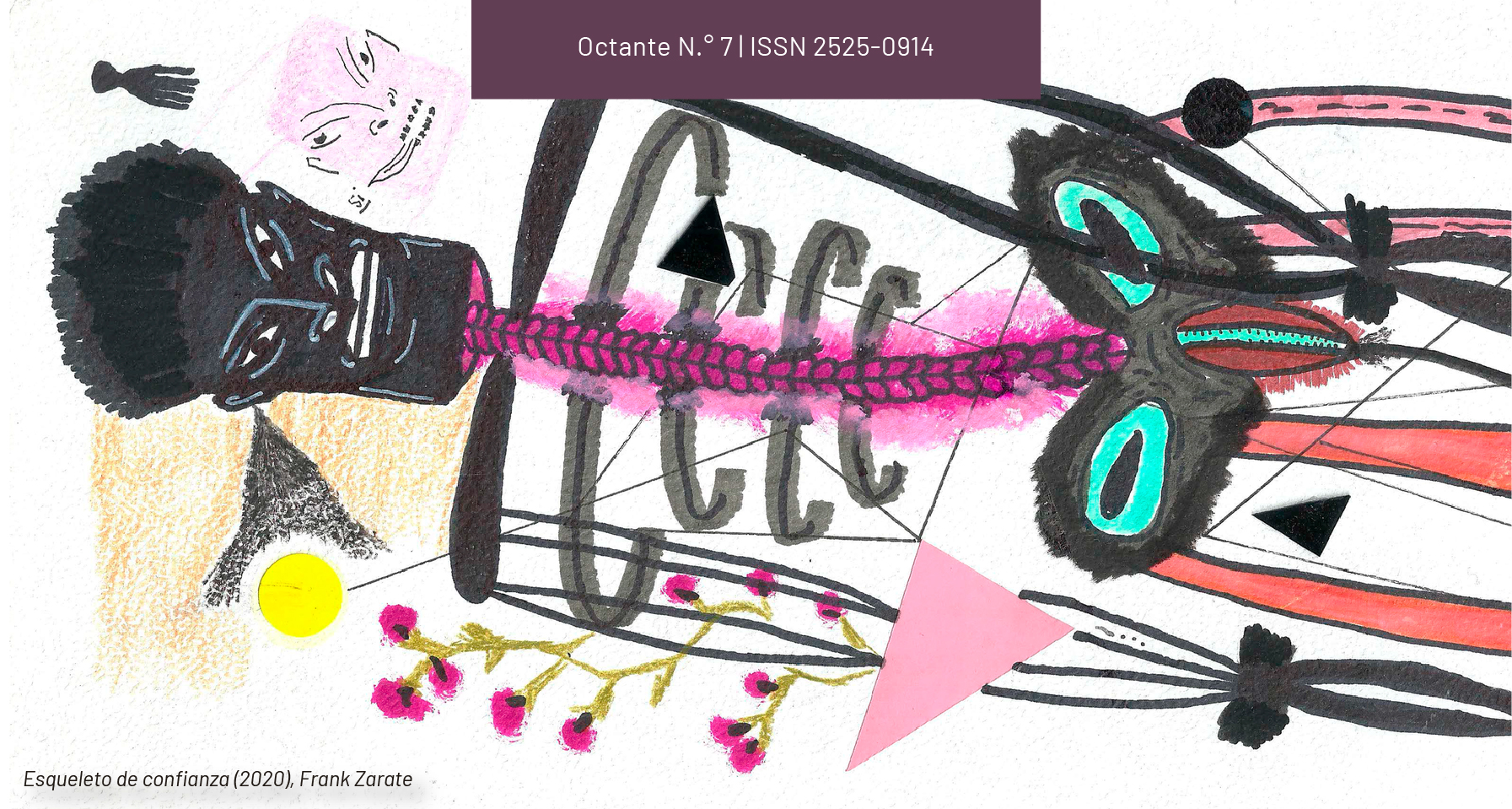Image Studies: History and Visual Culture
DOI:
https://doi.org/10.24215/25250914e064Keywords:
Art, Visual Studies, iconic turnAbstract
This article provides an overview of some theoretical approaches that challenge the significance of art history or Eurocentric aesthetics as hegemonic disciplines that contemplate and examine artistic expressions at a global level. To this end, we will mention the outstanding contributions of researchers whose work projects fall within Visual Studies with the aim of establishing key premises on the transdisciplinary and innovative nature of this theoretical aspect and its implications in the analysis of contemporary visual culture.Downloads
References
Alpers, S. (2016) El arte de describir. El arte holandés en el siglo XVII. Ampersad.
Barriendos, J. (2011). La colonialidad del ver. Hacia un nuevo decálogo visual interepistémico. Nómadas, (35), octubre, pp. 13-29.
Belting, H. (2010) Antropología de la imagen. Katz Editores.
Guasch, A. M. (2003). Estudios Visuales. Un estado de la cuestión. Revista Estudios Visuales (1), pp. 8-16.
Lumbreras, M. (2010). Magia, acción, materia: la imagen en la Bildwissenschaft. Anuario del Departamento de Historia y Teoría del Arte, Universidad Autónoma de Madrid, España, (vol. 22), 241-262.
Mitchell, W. J. T (2018). Teoría de la imagen. Akal Ediciones.
Downloads
Published
How to Cite
Issue
Section
License
Copyright (c) 2022 María Elena Lucero

This work is licensed under a Creative Commons Attribution-NonCommercial-ShareAlike 4.0 International License.
Current policy since 2019
The acceptance of the manuscript by the magazine means the non-exclusive cession of the property rights of the authors in favour of the editor, who allows the reuse, after publication (post print), under a license Attribution-NonCommercial-NoDerivatives 4.0 International.
According to these terms, the material can be copied and redistributed by any means or in any format as long as a) the author and original source of the publication are quoted (magazine and URL of the work), access to the license is provided and whether changes have been made is mentioned; and b) the material is not used for commercial purposes.
The cession of non-exclusive rights means that after the publication (post print) in Octante the authors can publish their work in any language, means and format; in such cases it must be mentioned that the material was originally published in this magazine.
Such cession also means the authorization of the authors for the work to be collected by SEDICI, the institutional archive of the Universidad Nacional de La Plata, and to be spread in the databases that the editorial team considers appropriate to increase the visibility of the publication and its authors.
Moreover, the magazine encourages the authors to deposit their productions in other institutional and thematic archives under the principle that offering the society the scientific and academic production without any restrictions contributes to a greater exchange of the global knowledge.























